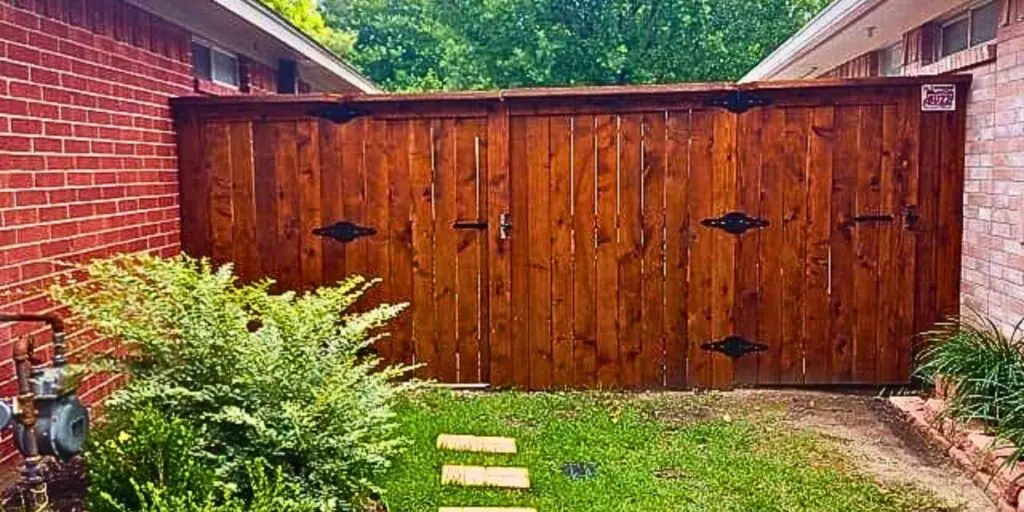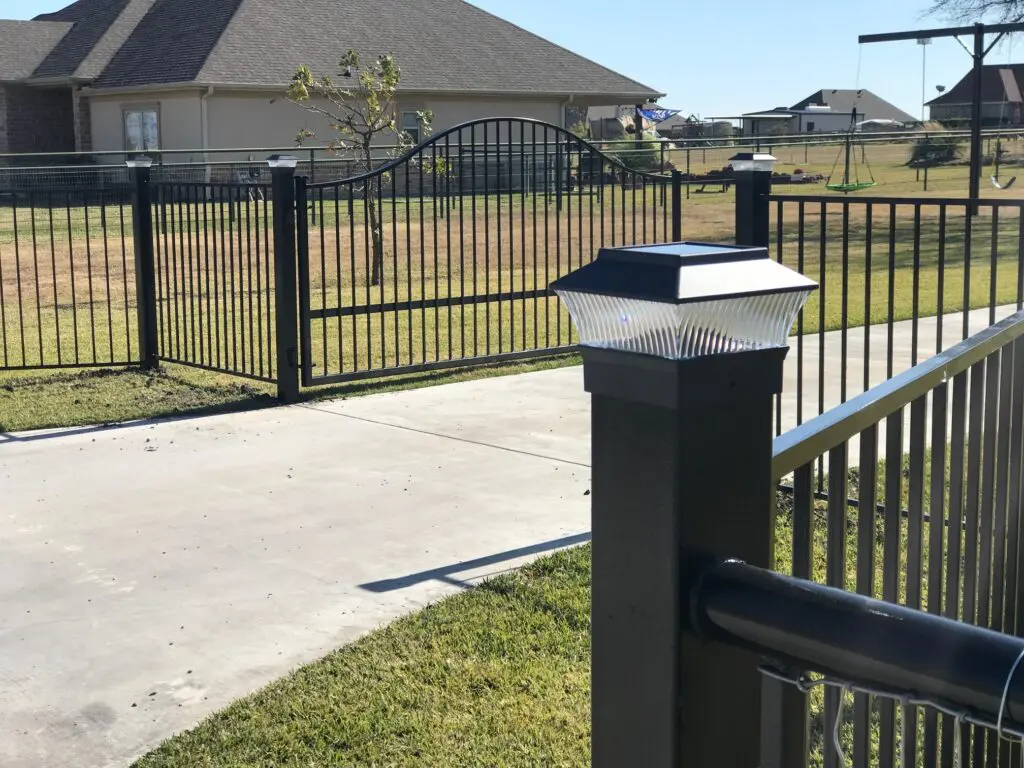When you’re driving in your car and a gate automatically opens for you, probably there’s a loop detector to thank. This humble underground magnetic coil senses the metal of your car, triggering an electromagnetic impulse to the gate opener. And voila, you’re through the gate, as a VIP like you deserve.
How does the loop get there?
If a loop detector is part of the overall plan of a new home or business, the construction crew digs a trench one to six inches deep, and places a preform loop (aka direct burial loop) before laying the concrete or asphalt. The loop is secured to rebar before concrete is poured.
But good news for those who failed to plan: A cut-in model, or saw-cut loop, allows a loop to be embedded in existing roads.
Exactly how does it work?
The loop detector plugs into the gate operator’s main circuit board. The loop, a continuous length of wire, resonates at a regular frequency. But when something big and metal rolls over the loop, the frequency increases. Once this change is detected, a relay which is usually open will close and remain closed until the car rolls off it. This same idea is used for other purposes, including traffic lights and intercom systems.
Of course, that’s the simple version. Many factors influence detection, including the height of the loop versus the height of the vehicle. Generally, a loop can sense a vehicle that’s about two-thirds as high above it as the loop’s shortest leg. For example, a five-foot loop can detect a large piece of metal about three and a third feet above it. So if you have a lot of monster trucks or other high-bed vehicles coming over to visit, you’ll need a bigger loop.
Where do you put the loop?
Loop detector systems need to be placed just right. Usually they’re designed to detect a vehicle’s front axle. If you have a situation involving a speaker post – say, your mansion’s entry gate has an intercom system, or maybe you run a fast food drive-through – position your loop no more than two feet ahead of the speaker post. The loop’s long axis should run perpendicular to the traffic lane.
SUVs can botch this equation. First, because they’re so tall, and second because the wider turning radius means the SUV can wind up too far away from the speaker post for proper loop detection.
What if my loop’s not detecting cars correctly?
Any decent detector will have adjustable settings. That’s because if the sensitivity is set too low, the detector will miss vehicles. If it’s set too high, the driveway gate will open up every time your buddy with the metal hip walks up your drive.
What other types of loops are there?
Loop detectors aren’t just for entryways. Exit loops, usually placed about twenty yards from the gate, trigger the gate to open when somebody leaves your property. Safety loops trigger a gate to reopen when they sense an obstruction. Shadow loops monitor the gate’s swing path, making sure that a vehicle is out of the way before allowing the gate to close. This is important because a 12 foot swing gate has a 20-foot area that’s undetectable to your basic loop detector.
We hope you’ve enjoyed this introduction to the wonderful world of loop detectors. At Buzz, we love gate technology, and can chat about it all day. Give us a buzz if you’re ready to upgrade your gate system.







